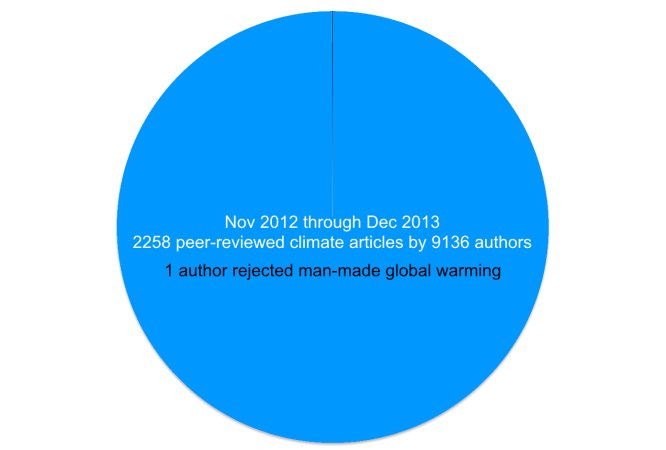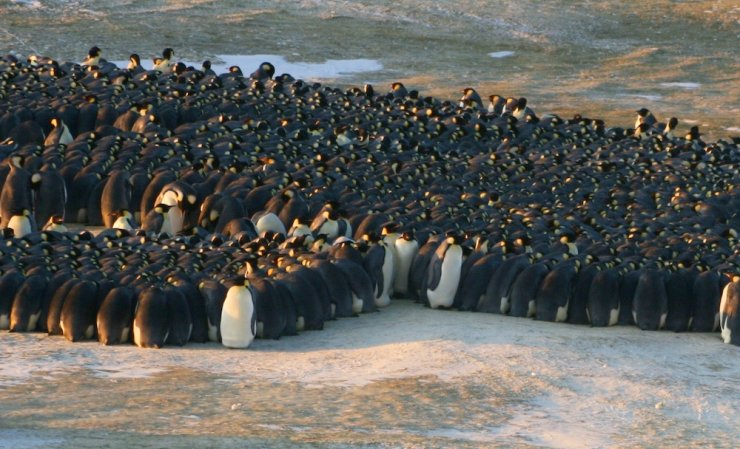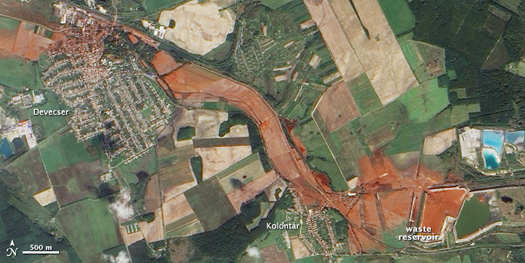

Periodically, you hear the news that levels of carbon dioxide in the atmosphere have reached atrocious new heights. But levels like that aren’t achieved overnight. The amount of carbon dioxide in the atmosphere is growing at a slow and somewhat steady pace. But don’t take our word for it. Go see for yourself.
Don’t worry, you don’t need any specialized scientific equipment. Bloomberg has created a real-time Carbon Clock that lets people check in on the state of carbon any time they want. What’s more, you can see how the current number (399.428 parts per million at the time of this writing) compares to historical data. As the graph notes, in 1958 when scientists first started measuring levels of atmospheric carbon dioxide, that number was 316 parts per million. But that doesn’t mean that the graph is a straight line. Instead, it’s more like very spiky stairs.
That’s because the amount of carbon in the atmosphere fluctuates with the seasons. In the spring and summer months, plants pull carbon dioxide out of the air and they sprout leaves and bloom, which lowers the amount of carbon in the atmosphere. But in the winter, that number usually rises again, typically to an even higher level than the previous winter.
The graph pulls data from the Mauna Loa observatory, projecting out the current amount of carbon dioxide in the atmosphere based on weekly data collected at the observatory. It also compares that number to the three-year total to create a forecast, which is the counter you see on the website. For those who truly want to delve into the data and methods, Bloomberg provides a paper that describes the methods in detail.
Why put all this effort into developing a tool that lets people see carbon levels? The gas is a greenhouse gas, and when large quantities are released into the atmosphere, the atmosphere can trap heat from the sun more easily, which heats up the Earth. Once the carbon in the atmosphere goes above a certain point, (450 ppm) the temperature of the Earth could rise by 3.6 degrees Fahrenheit (2 degrees Celsius)–a temperature shift that could cause dramatic climate changes and sea level rise around the globe.













